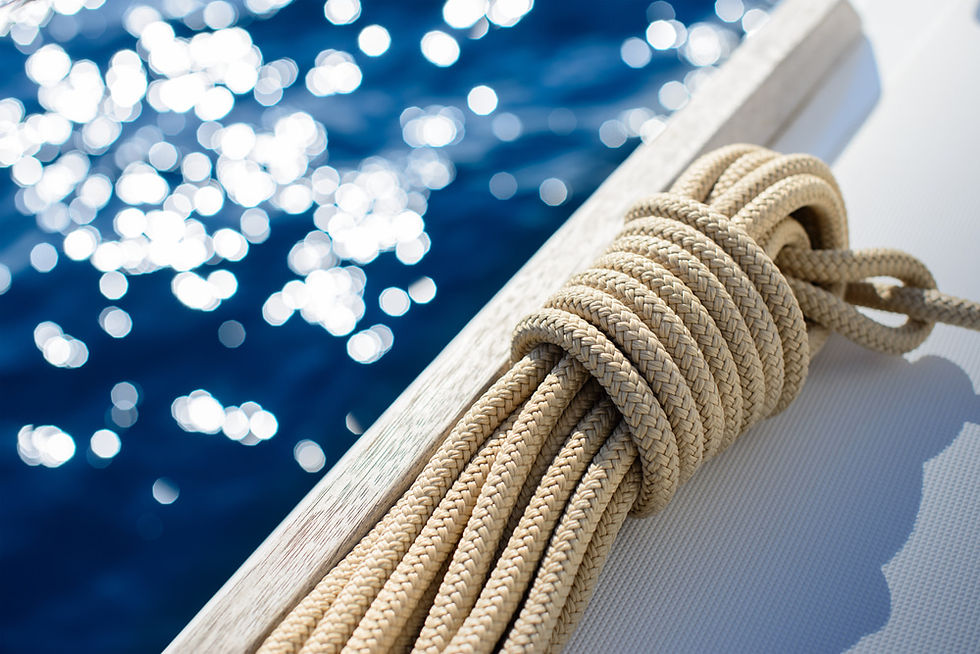The top of the your career ladder is in sight; now is the time to build some sturdy operational skills and knowledge.

In an ideal world, you will be promoted internally to avoid the stress of a new vessel, captain and crew as well as a new job. However, this is not often possible and, once ready, you may need to venture out to pastures new. What does it take?
You have all your certificates, so you are half way there. Your second officer duties and responsibilities will prepare you but you also need to have learned as much as possible from your chief officer and captain. A good way is to fill in — certificate permitting — for your superior during their leave. This will give you a taster and allows you to assess yourself and how ready you are to step up permanently. It is vital to gain the respect of other and older crew. You will not be able to get away with anything and, whilst the captain will assess your skills, lower ranking crew need to look up to you if you want them to work hard and to give 100 per cent.
As a second officer you will have been involved with chart corrections, ism, gmdss checks and safety drills while still assisting the bosun in running the deck, especially under charter when the deck has to run 24 hours a day. The second officer position can be seen as a transition between the bosun and the chief officer where your duties include both worlds. As chief officer, you will have more control on what is happening at the top, with refits, contractors or hiring junior crew - there are more overall responsibilities. You will need to sing from the same hymn sheet as the captain.
On most vessels, the chief/first officer (or chief/first mate) are one and the same. But larger ships, due to imo regulations, might carry a separate first officer junior to the chief officer.
An example of the manning requirement and certification for yachts up to 3,000grT, coded cat 0 (over 150 miles from a safe haven), would be as follows: captain holding the master 3,000grT (Yacht or Y) certificate of competence (coc), chief officer holding the chief mate 3,000grT (Y) coc and the second officer holding the ooW 3,000grT (Y) coc.
The chief mate 3,000grT is an endorsement on the ooW 3,000grT (Y) coc and can be applied for on completion of the Yachtmaster ocean theory, Yachtmaster ocean coc, Advanced Fire Fighting and medical First Aid. no additional sea service is required to gain the chief mate endorsement. However, it is not unusual for a chief officer to hold a master coc, so that he/ she can take over from the captain if necessary. in the same way, a second officer usually holds a chief officer's qualification so as to meet the manning regulations during rest periods and time off.
The chief officer must have the experience and maturity for the increased level of responsibility. ranked immediately below the captain, they are the head of the deck department, responsible to the captain for the safety and security of the ship, often assisting the purser (or in the absence of a purser) with overseeing the ship's legal documentation, charter business and customs declarations. This includes a full working knowledge of ism and isPs for commercially registered vessels over 500grT.
The chief officer, under the captain's direction, is also accountable for safety of the ship, crew, guests and onboard environment. He or she is responsible for keeping the ship seaworthy and maintaining safety for all emergencies, required to regularly conduct onboard emergency drills and provide safety training for all crew in each department. The chief officer must be the shipboard leader and expert in communications as well as any onboard emergency, including fire fighting, man overboard or search and rescue, medical emergencies, lifesaving appliances or survival crafts and the techniques for survival at sea.
Laurence Reymann is Director of YPI Crew — ypicrew.com
Joey Meen is a Council Member for the PYA and runs career consultancy Ask Joey. askjoey@wanadoo.fr
For up-to-date information and so much more… be a part of it, join the PYA today.















.jpg)